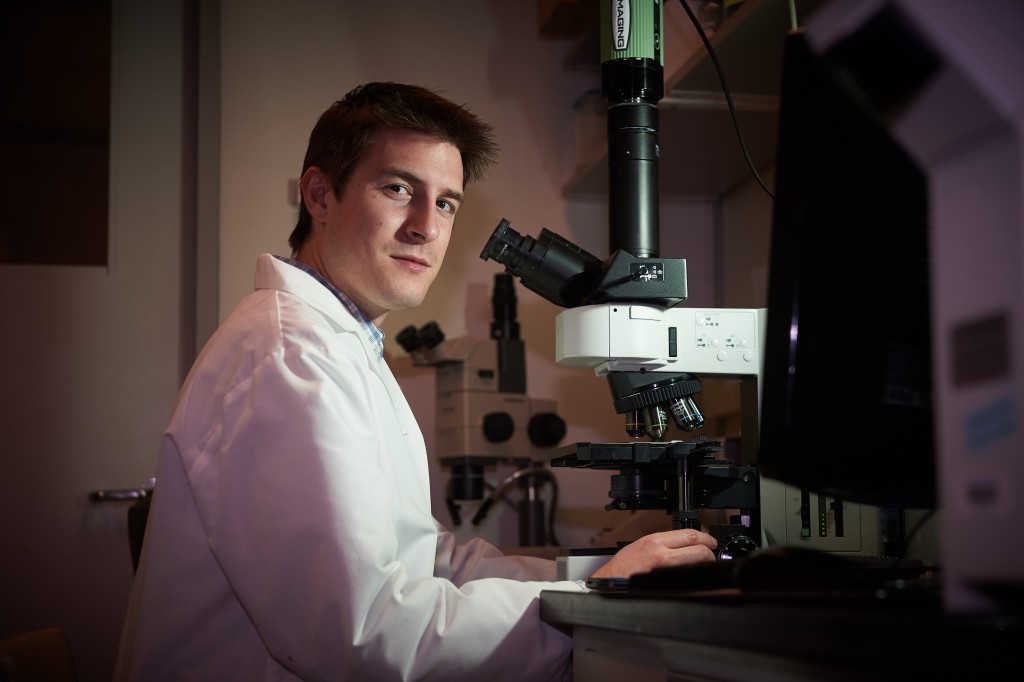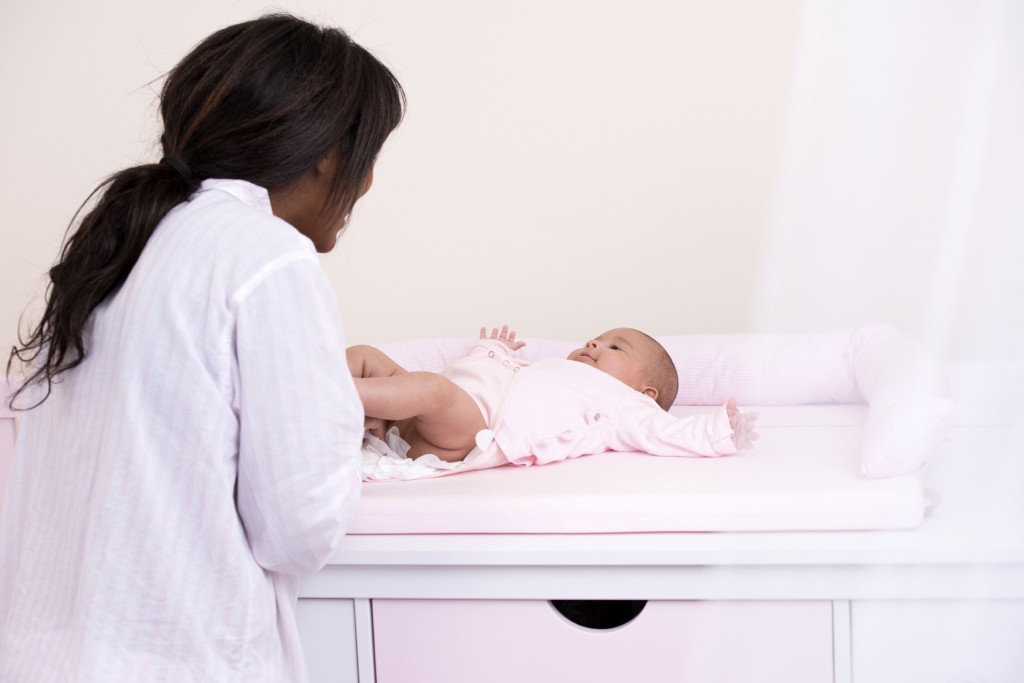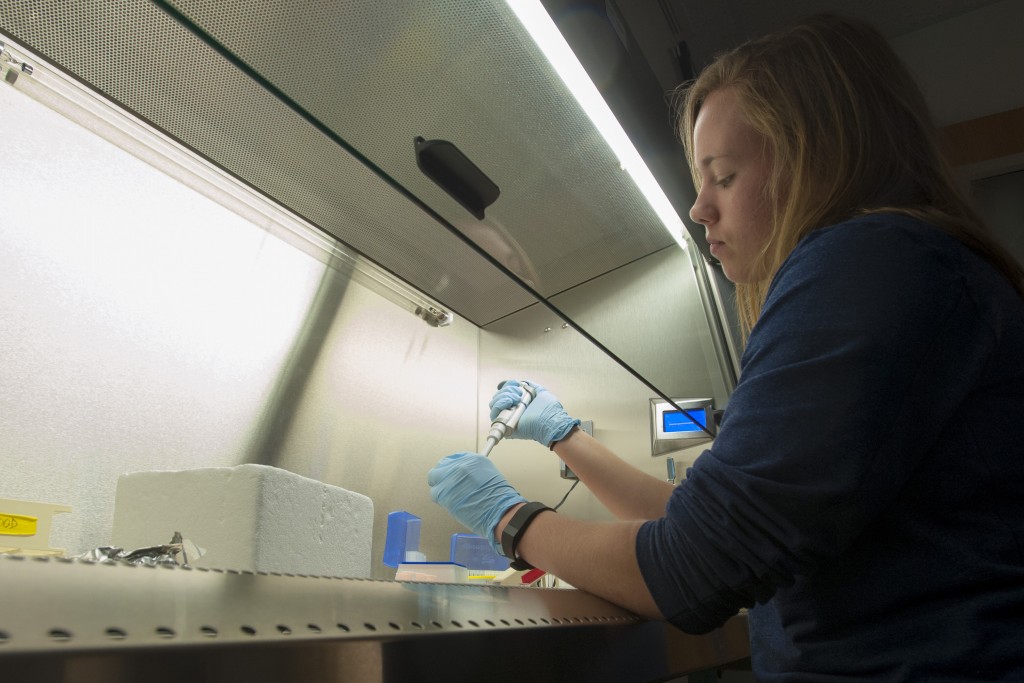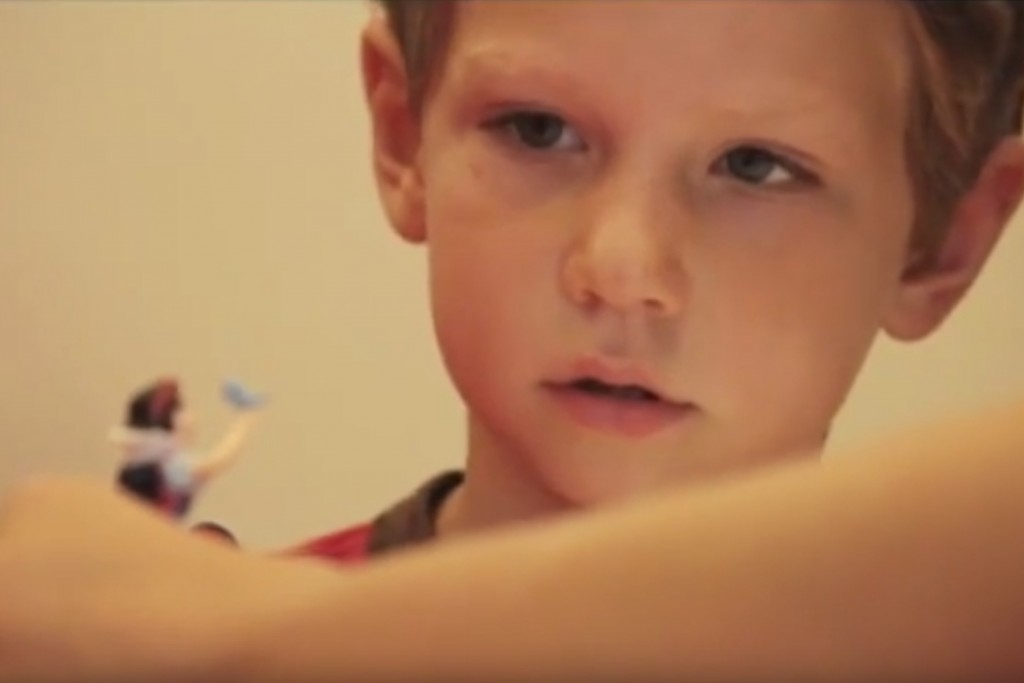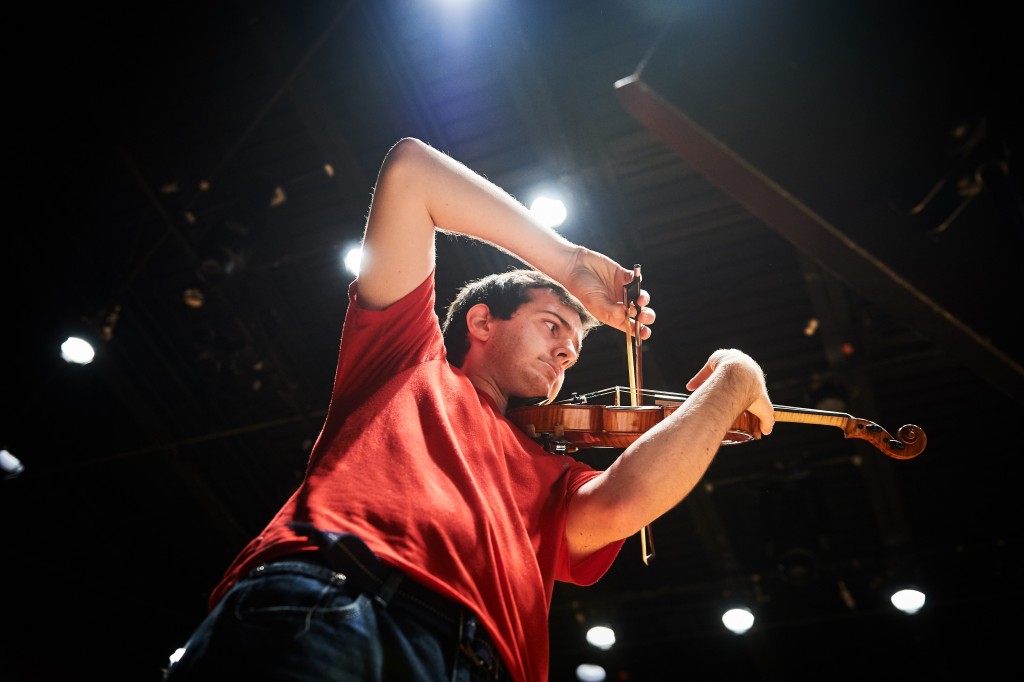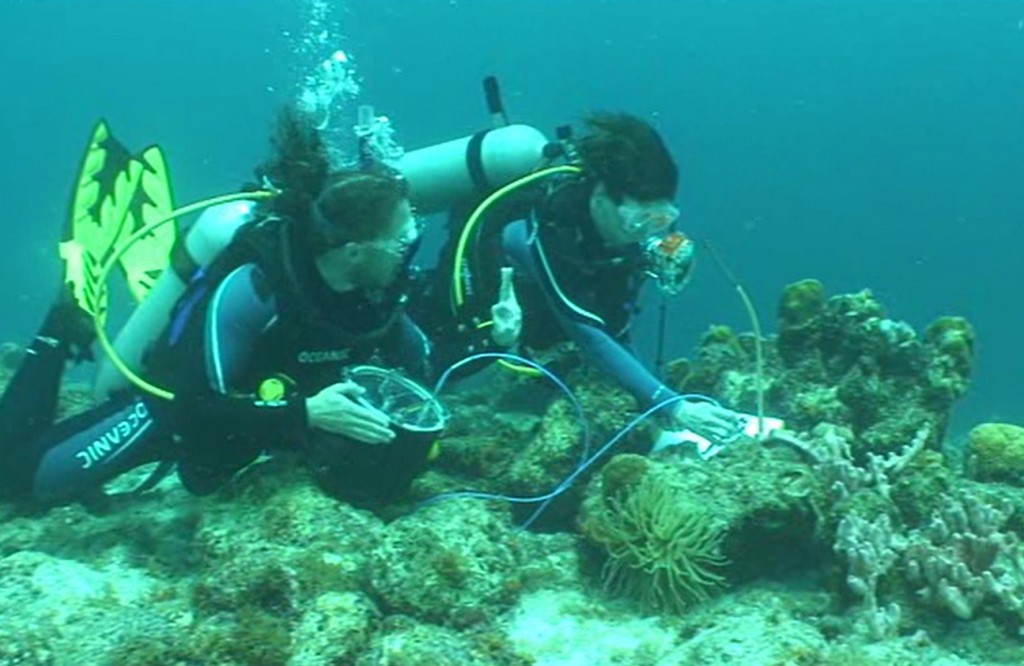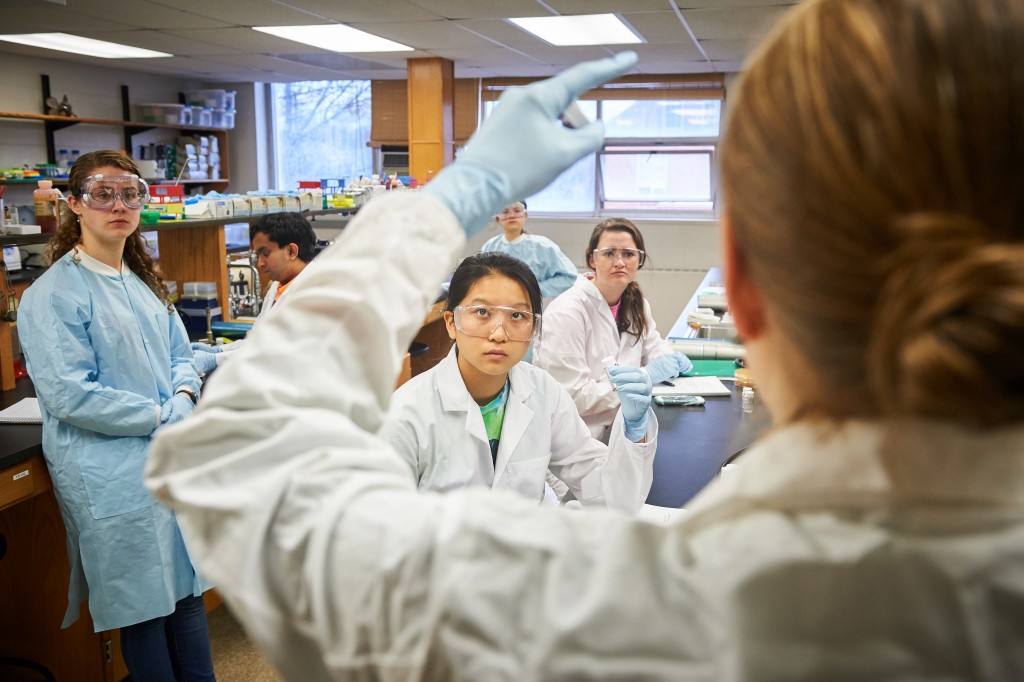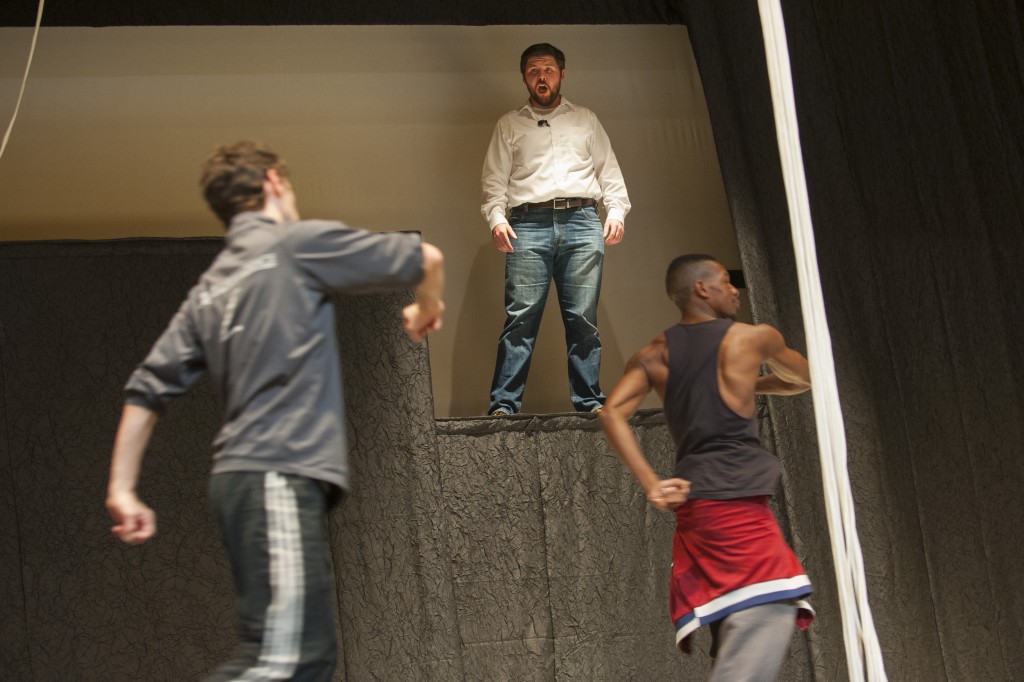Research & Discovery
NSF Program Helps UConn Entrepreneurs Get Started
UConn Health researchers in the early stages of developing a colorectal cancer vaccine got a jump-start from Accelerate UConn, an NSF I-Corps site.
January 11, 2016 | Jessica McBride, Office of the Vice President for Research
New Book Helps Parents Help Kids at Risk of Autism
UConn autism experts suggest ways parents can adapt everyday activities to help children during their critical early years.
January 7, 2016 | Beth Krane, Center for Health, Intervention, and Prevention
NFL Games Can Affect Sponsors’ Stock Returns
Win or lose, professional sports outcomes have an impact on sponsors’ cash flow, according to a UConn School of Business study.
January 7, 2016 | Kenneth Best
A Look Back at 2015: UConn Nation – Students
Twelve examples of students who are pursuing their passion at UConn.
December 30, 2015 | Combined Reports
Student-Athlete Strong: Margaret Zimmer
Zimmer, a member of the Women's Ice Hockey team, says UConn Athletics creates a culture that values the 'student' half of student-athlete.
December 18, 2015 | Rob Chudzik
A Child and a Puppet: How Children Learn Language
UConn linguistics researchers are using puppets to study how children learn a native language.
December 14, 2015 | Christine Buckley
From Practice to Performance: UConn’s Concerto Competition
The competition culminates in a concert this Thursday at von der Mehden Recital Hall.
December 8, 2015 | Kenneth Best
Hiding in Plain Sight: Camouflage in Open Ocean Fish
A new study of how open ocean fish use polarized light waves shows there’s more to camouflage than meets the eye.
November 23, 2015 | Sheila Foran
Students Search the Soil for New Antibiotics
Antibiotic resistance is up, antibiotic drug discovery is down. Some UConn undergraduates are a part of the search for potential new antibiotics.
November 19, 2015 | Kim Krieger
‘The Wanderer’ Combines Classical Music with Contemporary Dance
Baritone Ryan Burns, a graduate student, will perform a Schubert song cycle as soloist with the innovative Jessica Lang Dance Co.
November 18, 2015 | Kenneth Best
